Huge gratitude to David Moore at Cedar Rock Farm for warning us about the covered bridge on the way to Watson Mille Bridge State Park. This 1880’s bridge is one of the few remaining covered bridges in the state of Georgia. It is a single lane bridge and is only nine feet tall. There is no way we would be able to get through this covered bridge to access the equestrian campground.
Families enjoy playing in the river below the covered bridge. There are beach areas with picnic tables as well.
In addition to the covered bridge obstacle, the equestrian campground is not located inside the main park (like a lot of equestrian campgrounds). It is located northeast of the park by the Fork Cemetery, so if you aren’t familiar or haven’t asked the right questions, you will doing some serious detours - once to get to the main visitor center (which is about a mile south of the covered bridge), then make a U-turn to avoid the covered bridge and drive 20-30 minutes around to get to the equestrian campground. On Google GPS, enter Cabin#3 Watson Mill Equestrian Camping as your destination. Your best method is to go directly to the equestrian campground (drive through Carleton to the east to get to the campground), set up your trailer and stable your horses, then drive to the visitor center to check in. At the visitor center, you get the tag for your campsite, a tag for your vehicle and get answers to any questions.
This is a really popular campground with local equestrians. It is pricey - about $90/night - which is high for a state park. We paid around $24 for our campsite, but it was $15 each for the horses, plus a vehicle fee and a fee to ride on the trails. It all added up. We got a senior discount, which saved us 20%. There is a shower house, a wash rack, covered stalls, for the horses, water and electric hook-up at the campsites. There is an RV dump located next to the stables. There are also cabins available for rent.
The stables are the standard wooden stalls with cover. Not our horses’ favorite accommodation, especially since they couldn’t really see each other, but they were secure. You can tack up at your campsite. The stables are a distance away from the campsite as well. There is a large parking area next to the stables for day riders.
The trails are wide, shady, and well maintained. Equestrians do not have to share the trails with bikers or hikers. There is easily two to three days worth of riding here. It is beautiful country and a little more technical than the rides we have been doing in South Carolina, where it has been flat and sandy. There is some up and down hills - although nothing too steep, some muddy spots and a few water crossings using bridges or culverts.
We saw a little more wildlife on our rides. There was a herd of deer that flew past us in succession and we missed tramping on another large rat snake.
There is a local fellow who will deliver hay to your campsite. We didn’t take advantage of this service as we still have almost a weeks worth of hay in our pod, but we did consider it. There is also a list of local vets posted on the side on the stables.
We spent one of our afternoons in Athens (about 30 minutes away) going shopping and the second afternoon we made a side trip to the Georgia Guidestones (about 30 minutes away in the other direction). The Guidestones have been called the American Stonehenge. They are quite impressive.
In June 1979, a man using the pseudonym R. C. Christian approached the Elberton Granite Finishing Company on behalf of "a small group of loyal Americans", and commissioned the structure. Christian explained that the stones would function as a compass, calendar, and clock, and should be capable of "withstanding catastrophic events". Joe Fendley of Elberton Granite assumed that Christian was "a nut" and attempted to discourage him by providing a quote for the commission which was several times higher than any project the company had previously taken, explaining that the guidestones would require additional tools and consultants. To Fendley's surprise, Christian accepted the quote. When arranging payment, Christian said that he represented a group which had been planning the guidestones for 20 years and which wanted to remain anonymous.
Christian delivered a scale model of the guidestones and ten pages of specifications. The site was apparently purchased by Christian on October 1, 1979, from farm owner Wayne Mullinex. Mullinex and his children were given lifetime cattle grazing rights on the guidestones site.
The guide itself is a little 1980’s hippie manifesto. I was more interested in the astronomical side of the construction.
Astronomic Features
1. Channel through stone
indicates celestial pole
2. Horizontal slot indicates
annual travel of sun
3. Sunbeam through capstone
marks noontime throughout
the year
The physical specs are also pretty impressive.
The guide is carved in multiple languages - one language on each side of the tablets.
They are English, Spanish, Swahili, Hindi, Hebrew, Arabic, Chinese, and Russian.
Maintain humanity under 500,000,000 in perpetual balance with nature.
Guide reproduction wisely — improving fitness and diversity.
Unite humanity with a living new language.
Rule passion — faith — tradition — and all things with tempered reason.
Protect people and nations with fair laws and just courts.
Let all nations rule internally resolving external disputes in a world court.
Avoid petty laws and useless officials.
Balance personal rights with social duties.
Prize truth — beauty — love — seeking harmony with the infinite.
Be not a cancer on the Earth — Leave room for nature — Leave room for nature.
I am not sure how much the guidestones have actually influenced anybody, but they are an interesting side tour.




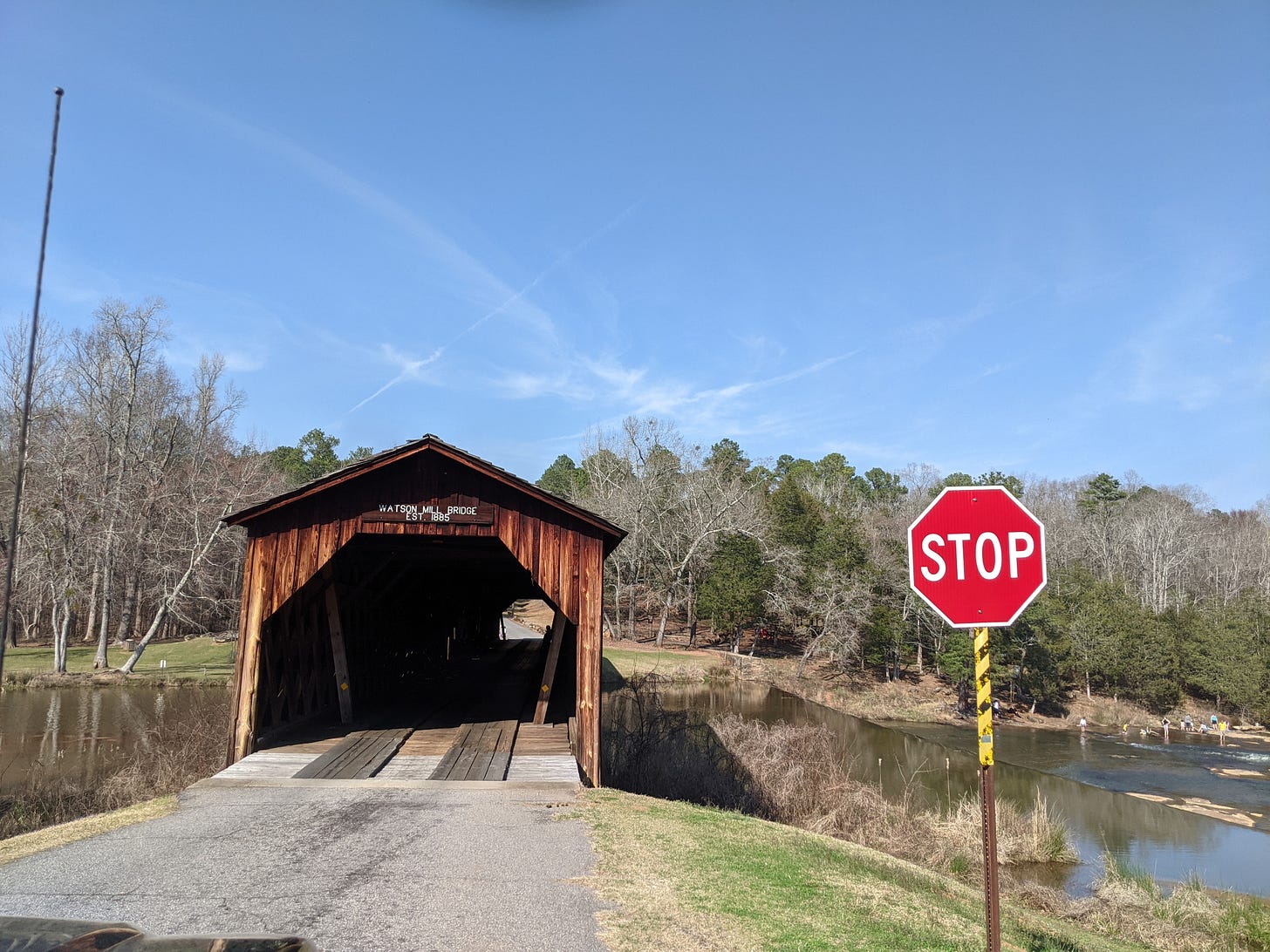
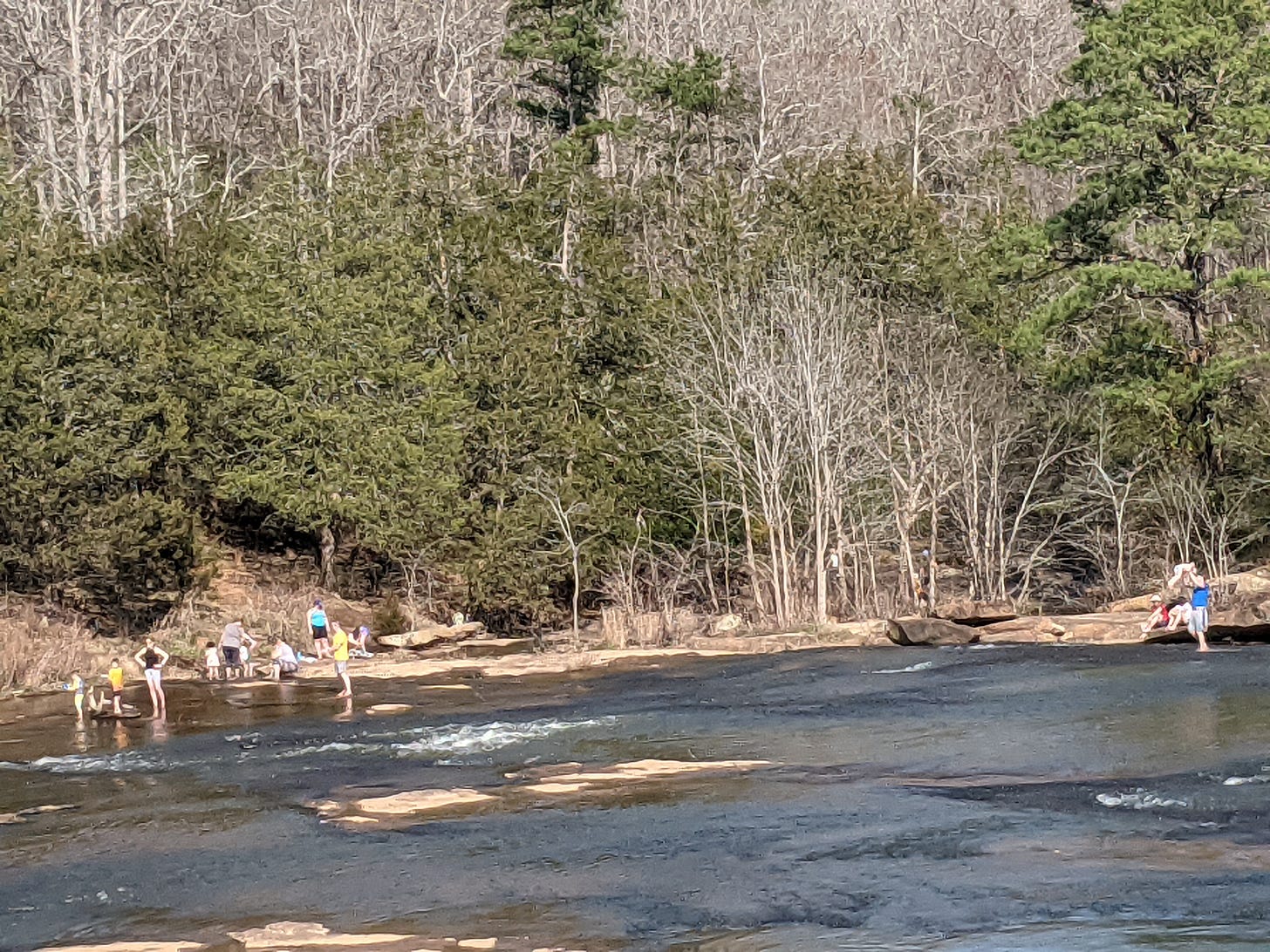
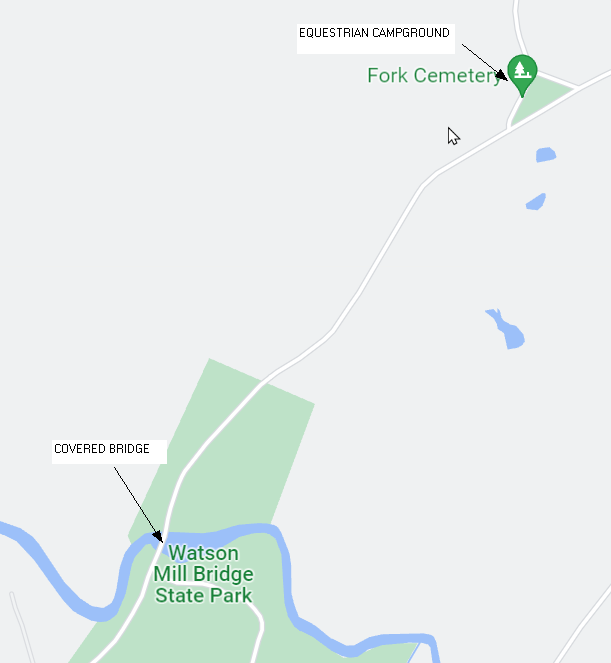
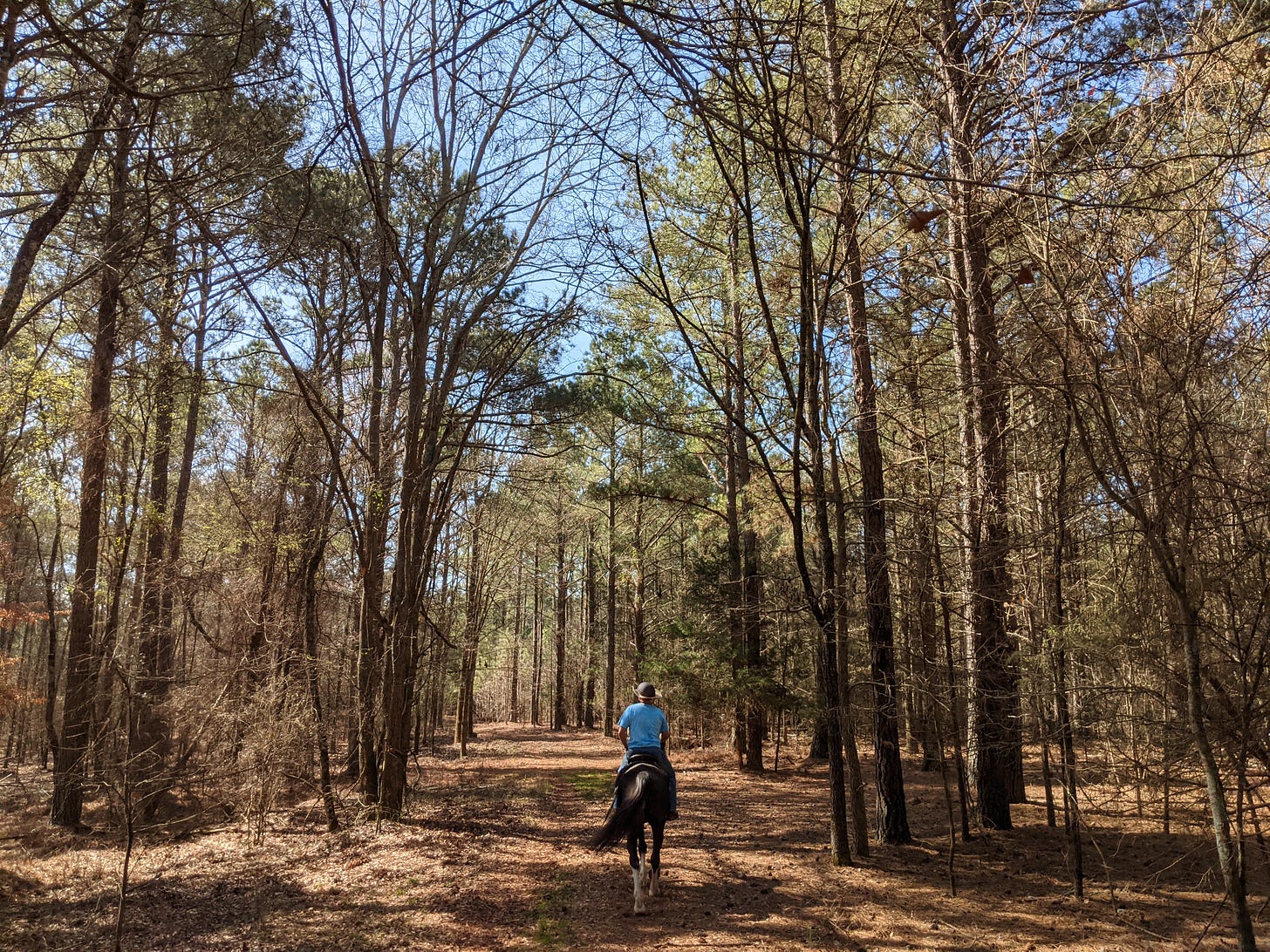
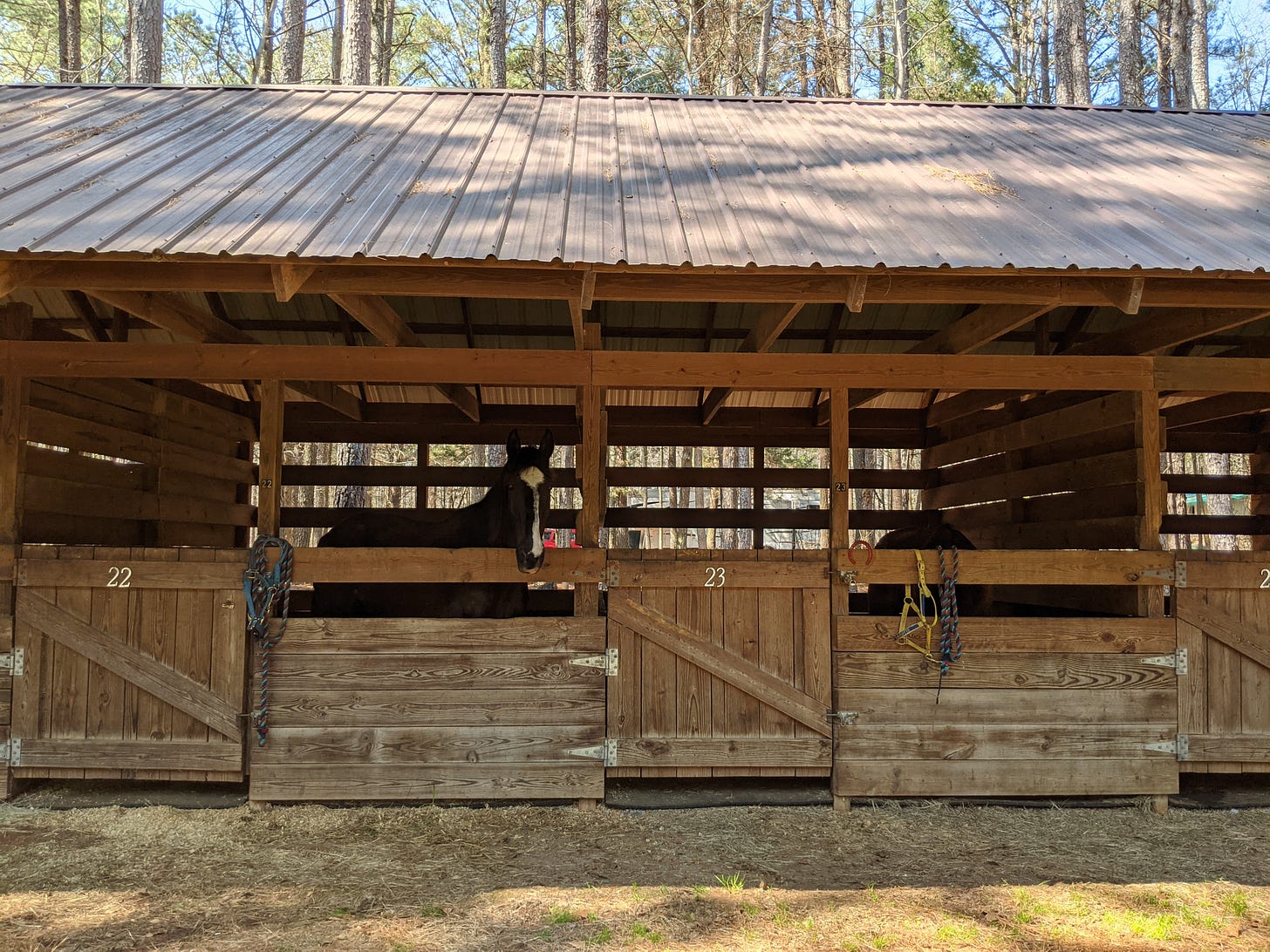
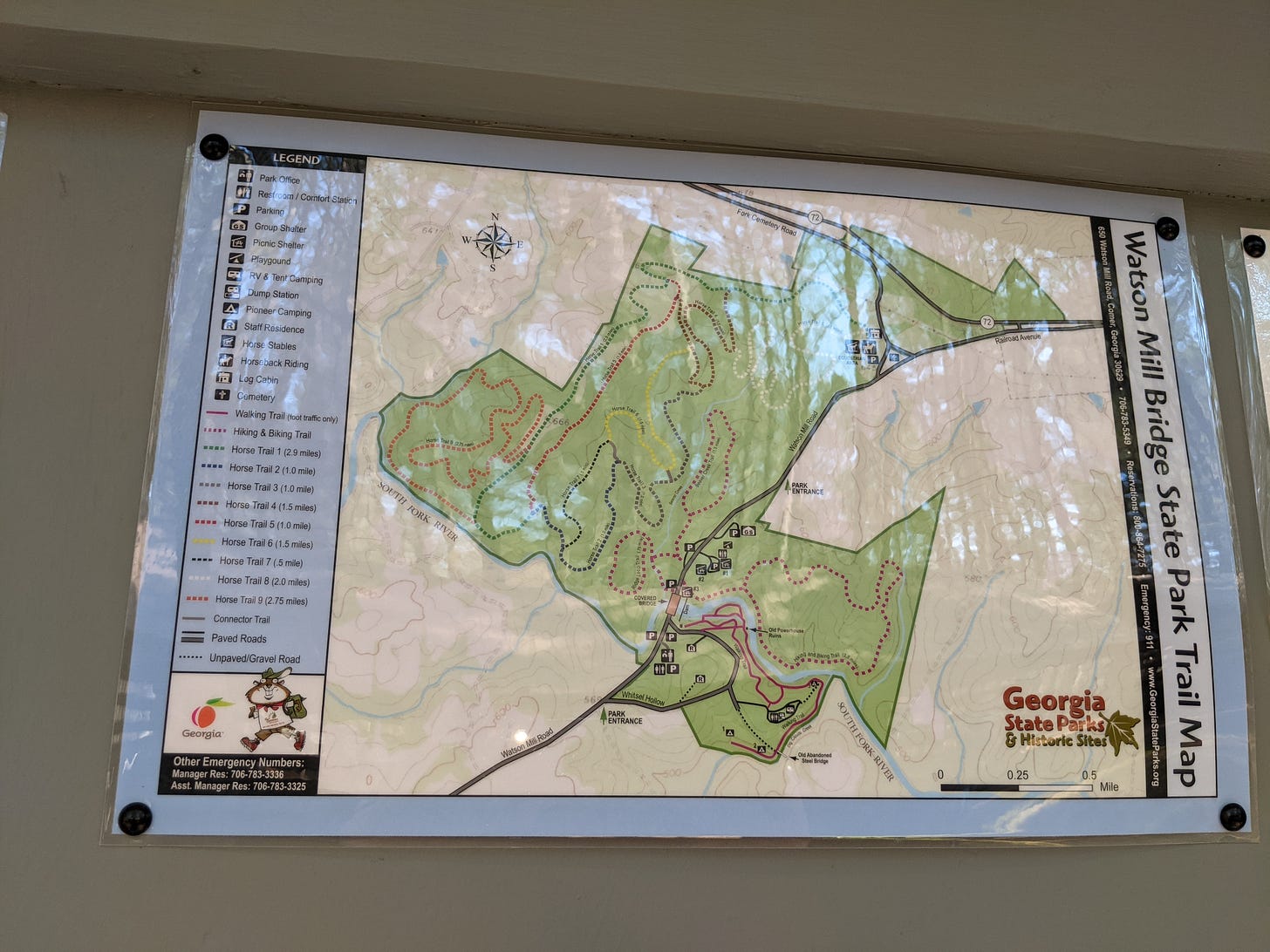

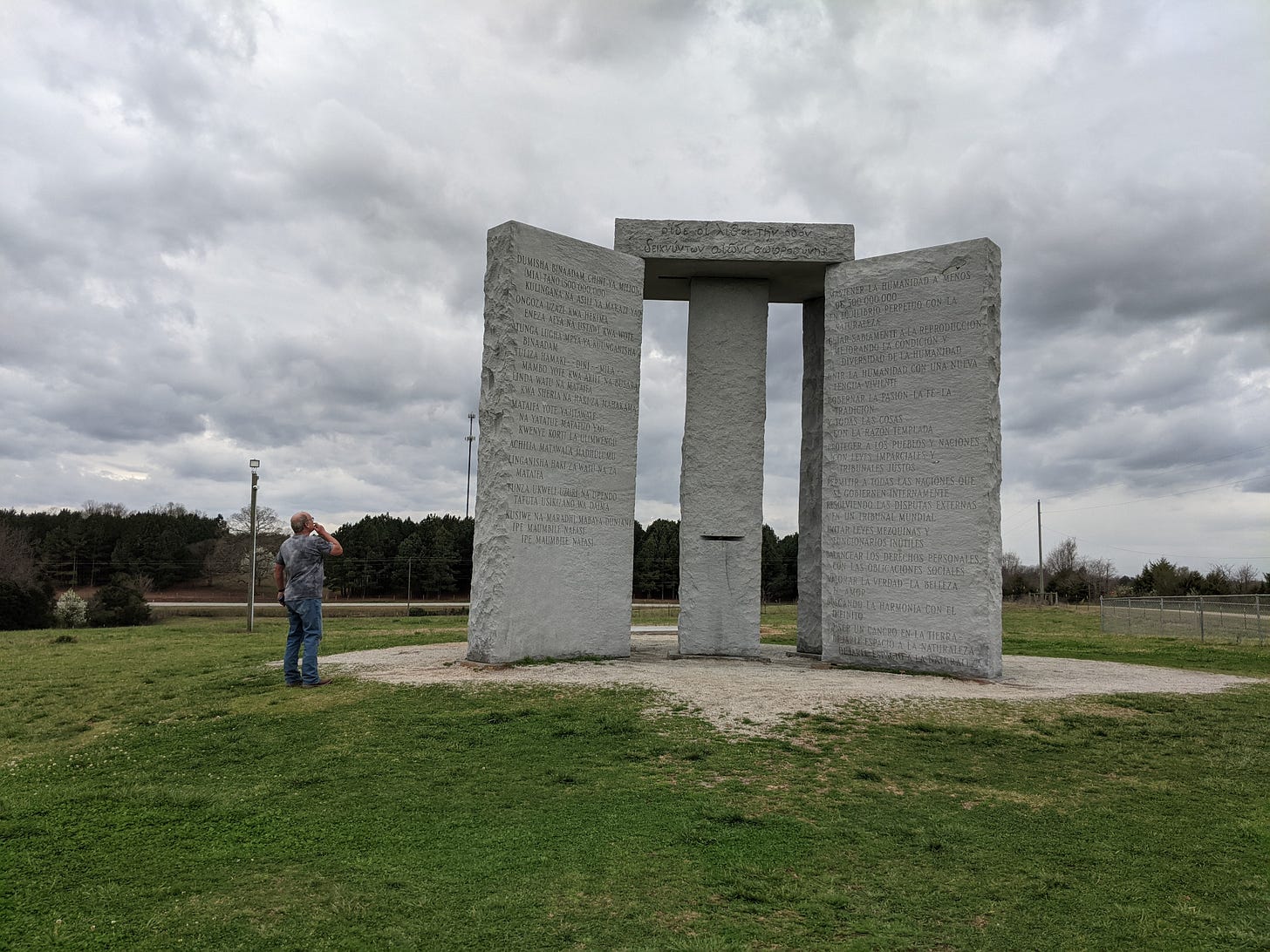
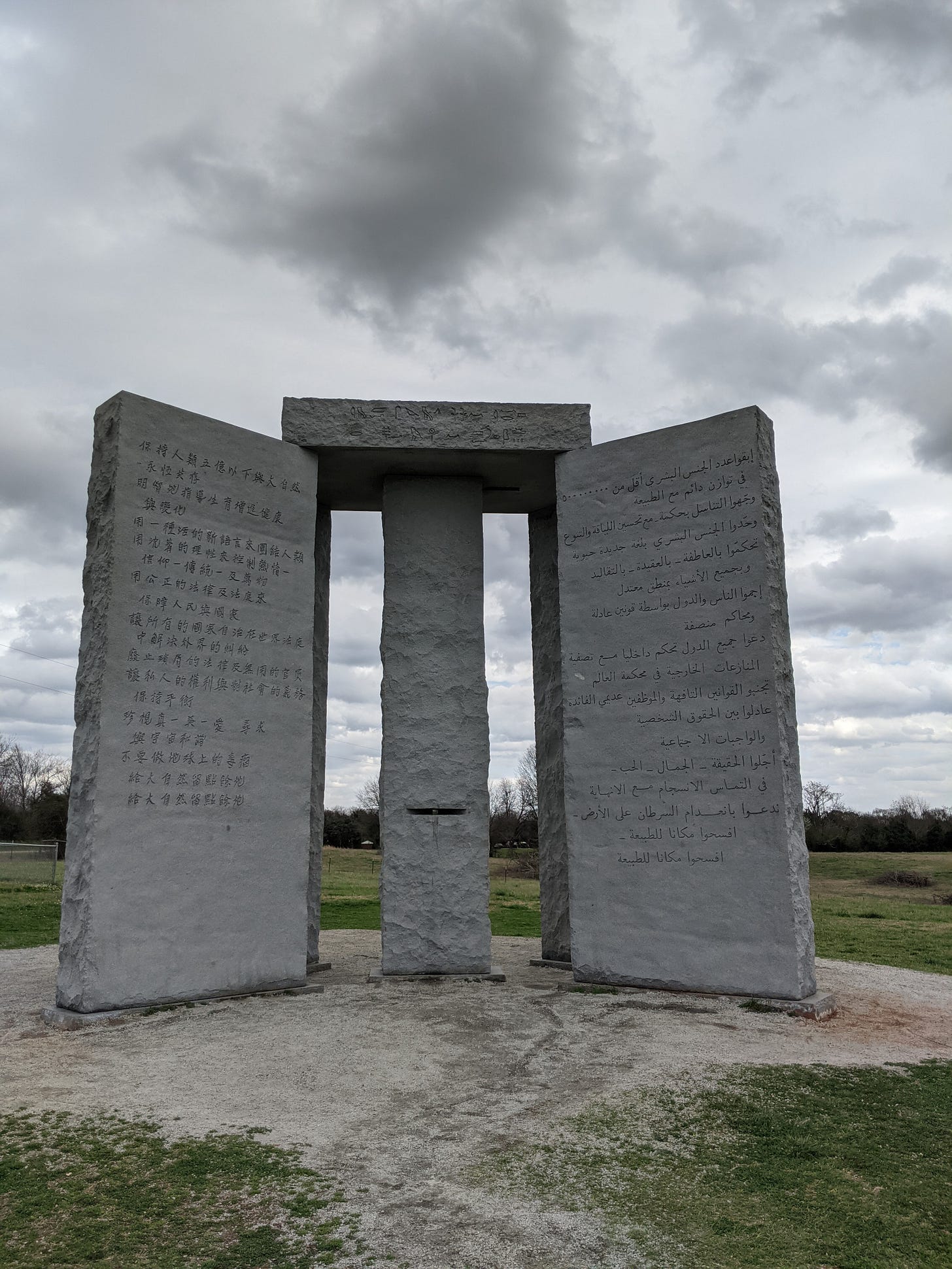

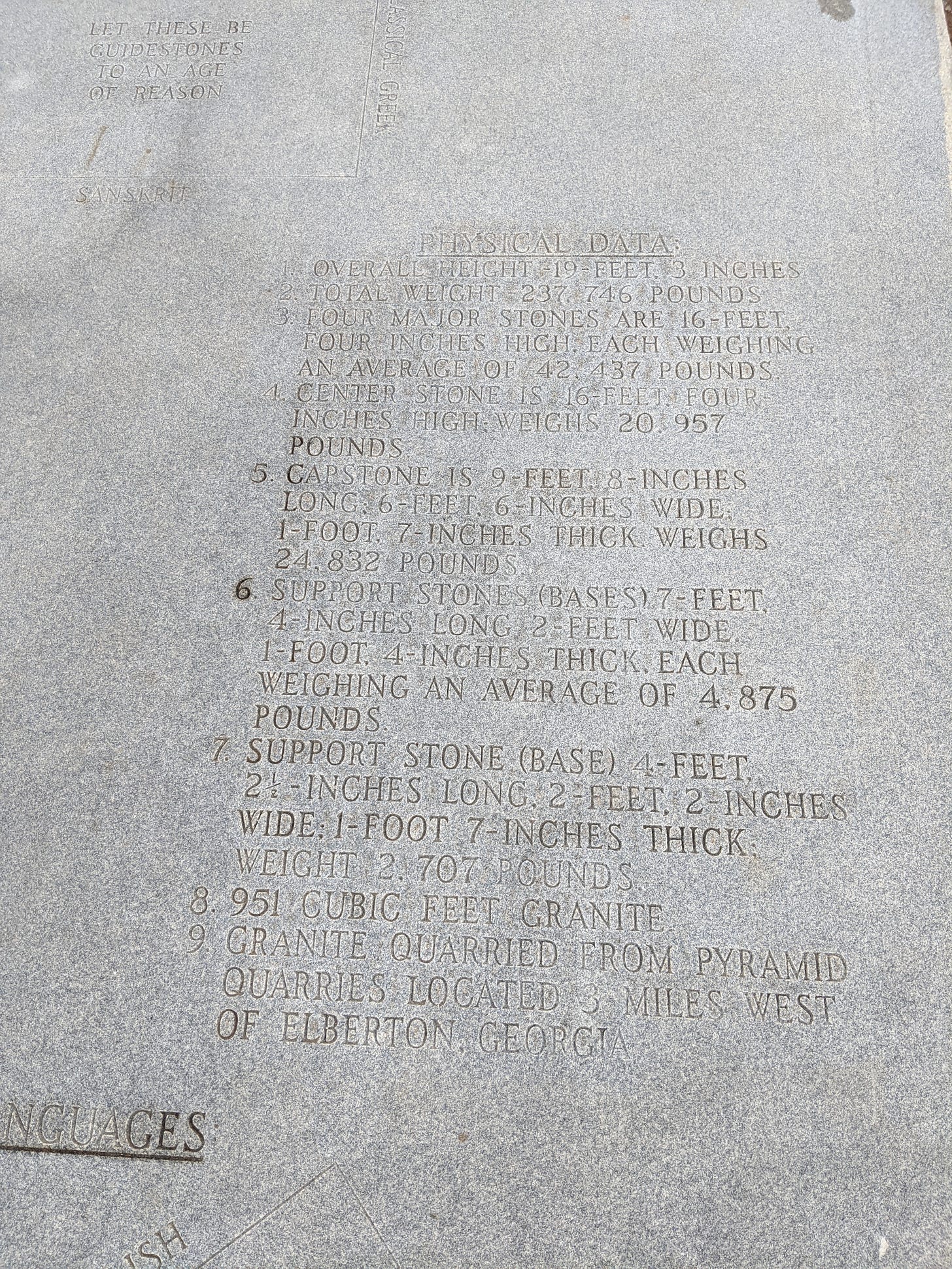
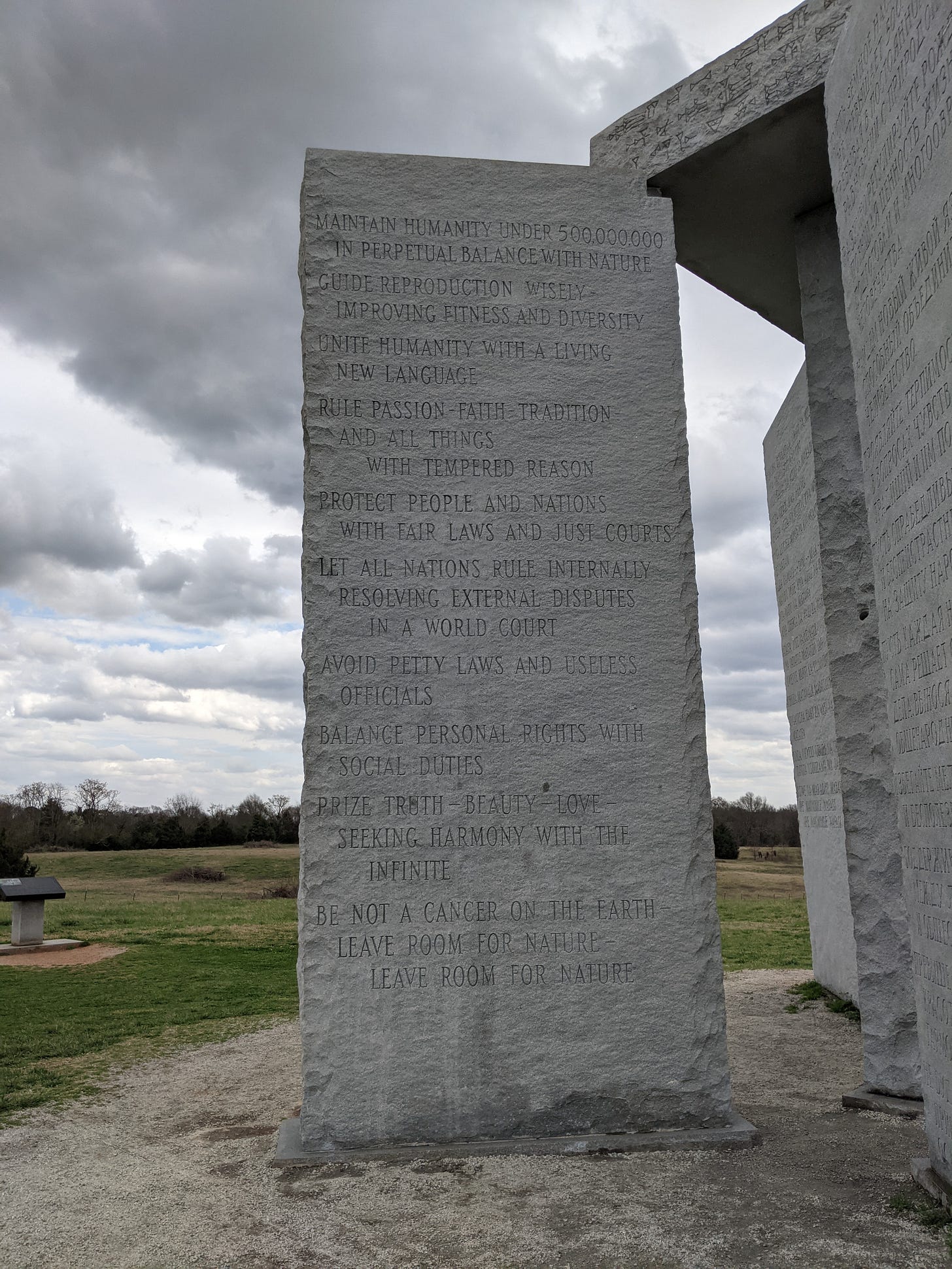

The Georgia Guidestones were damaged by a nutcase who tried to blow them up. They are currently in storage.